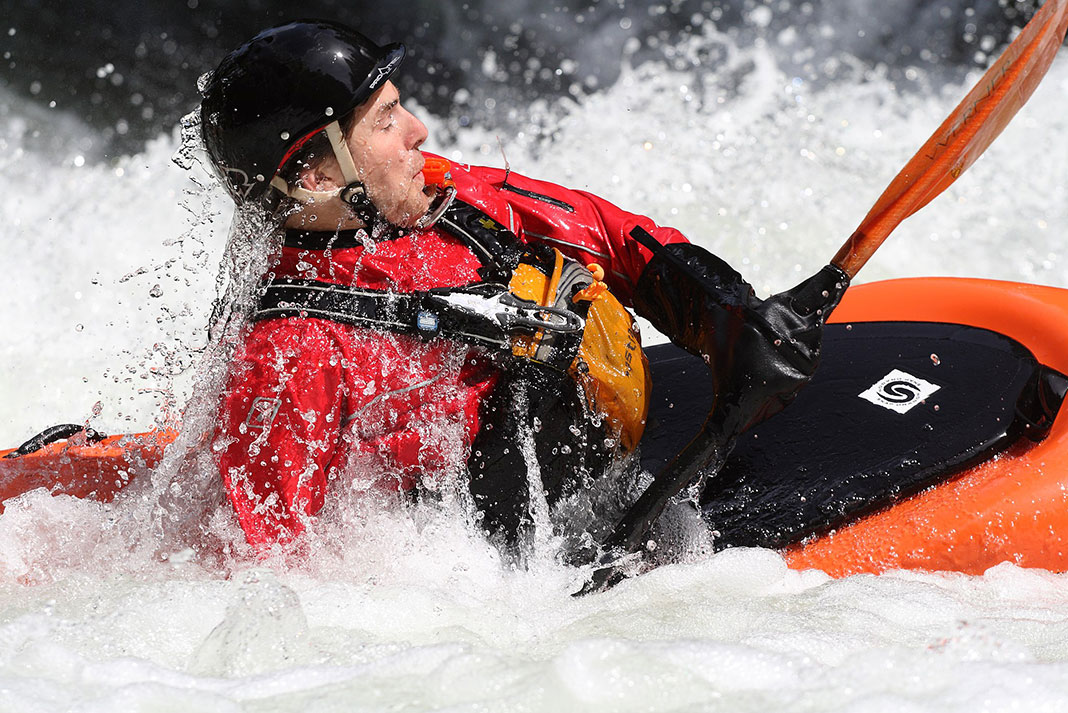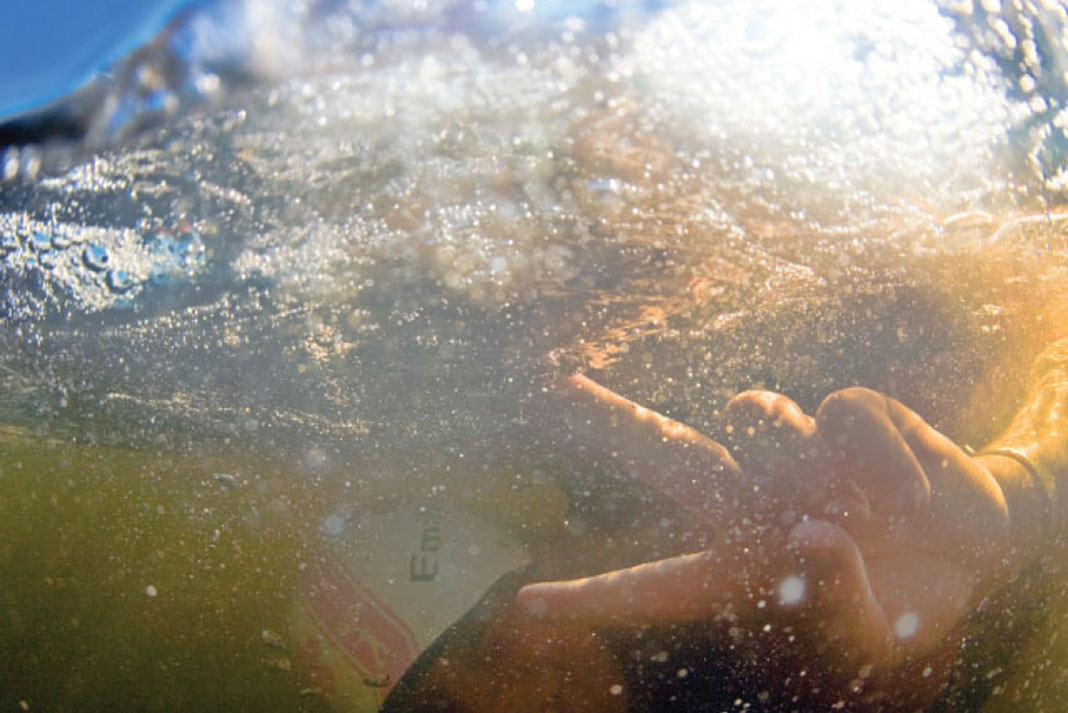Products You May Like
Nothing is more confidence-inspiring than a reliable kayak roll. With good instruction many new paddlers learn the basics and roll on the first day. Truly having a roll, however, means knowing you can count on it in any situation, not just in the pool.
Getting to this point requires training your muscles into immediate kinetic response and then training your brain to block out any other option or shred of self-doubt. Like any skill, mastering a no-fail roll takes plenty of practice, discipline and good coaching tips from those at the top of their game.
3 pros on how to perfect your kayak roll
1 Simon Coward
Director of paddlesports at Aquabatics in Calgary, Alberta, and Director of Paddler Education for the Alberta Whitewater Association
Favourite roll: Modified sweep roll. It is functional and effective for all body types and doesn’t rely on surface tension, so it works really well in aerated water.
Pro tip: If you feel resistance on the paddle you are working too hard. With the modified sweep roll, the paddle slices through the water and the rotation of the body and knee drive/hip flick right the boat.

The secret: Take your time when setting up for the roll. If you have a good setup you will succeed most of the time, even in very aerated water.
Try this: When you are practicing the roll, wear goggles and open your eyes. As you sweep, watch the paddle blade moving near the surface away from the boat. If you get this part right you have won half the battle.
2 Kelsey Thompson
Professional kayaker, multi-time Canadian national freestyle medalist from Truro, Nova Scotia
Favourite roll: Back deck roll. It’s fast, requires little to no setup and finishes in an aggressive forward position ready for the next stroke.
Pro tip: While underwater, putting your forearm in front of your forehead will protect your face from rocks in this more vulnerable back deck position.
The secret: Envision yourself doing a perfect roll—you have to mentally accept that you can do something before you will physically be able to. Telling yourself that you’re not going to swim brings greater success than flawless technique.
Try this: Keep your arms tight to get the most flexibility out of your hips. Reaching way out gives you more leverage but makes it harder to edge your boat. Also, commit to finishing on your front deck—coming up to the side often means falling back into the water.
3 Wayne Dickert
Paddling School Director; Nantahala Outdoor Center, North Carolina
Favourite roll: Sweep roll. It is especially good for older paddlers who have less flexibility.
Pro tip: Remember to sweep out about 20 degrees before you start your pull and hip-flick—it’s usually easier to roll the boat side-to-side than end-to-end!
The secret: Arch your back a bit to keep your head low and body flat on the water. In a playboat, move your body weight toward the stern where the lower volume will roll more readily. Watch that your weight isn’t so far back that it inhibits your hip-flick.
Try this: Even if you’re a world class swimmer, you’ll want to use a comfortable set of nose plugs when learning the roll. Good plugs give you quality time when you’re hanging out upside down thinking through your roll.
This article was first published in the Spring 2009 issue of Rapid Magazine. Subscribe to Paddling Magazine’s print and digital editions, or browse the archives.
Mastering how to roll a kayak takes plenty of practice, discipline and good coaching tips. | Feature photo: Ryan Creary
